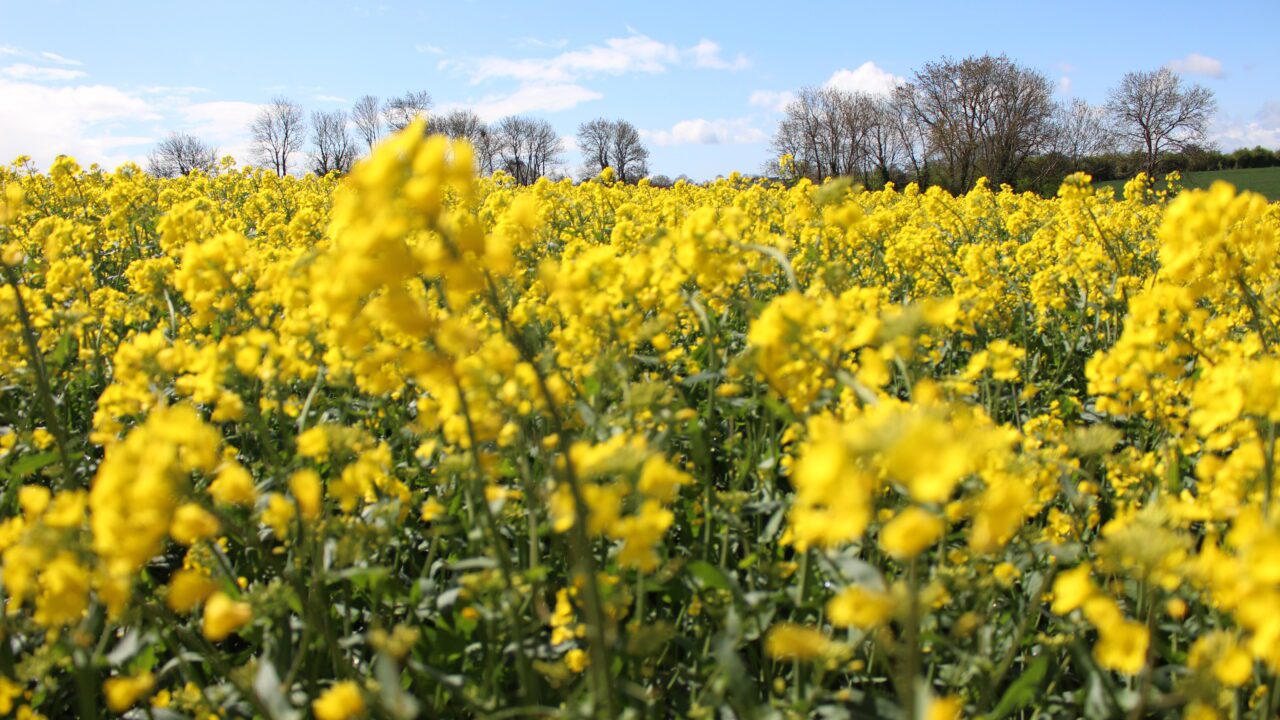Not seeing the actual presence of light leaf spot in oilseed rape does not mean that the disease is absent within a specific crop. That’s according to Teagasc plant disease specialist Dr. Steven Kildea.
“This is particularly so in crops that have large leaf covers. It’s a case of missing the small lesions.
“However, in smaller crops with smaller leaves, it’s that much easier to pick up on the lesions.”
Kildea discussed the disease threat that can confront rape crops at this time of the year on the most recent Tillage Edge podcast.
Weather and light leaf spot
The Teagasc specialist pointed out that the very wet weather of recent weeks was conducive to the spread of the disease.
“We are talking about a wet weather disease. Temperatures were quite high over recent weeks, whereas light leaf spot tends to favour cooler conditions, when it comes to its spread throughout a crop,” he explained.
“Temperatures dropped during the month of November. So this development, in combination with the heavy rain fall, provided the almost perfect conditions for the growth of light leaf spot.”
Recent years have seen the development of oilseed rape varieties with a degree of resistance to [the disease].
“The greater the inherent levels of light leaf spot resistance that we can bring to bear, the more impactful will be the integrated pest control management systems that we can develop,” Kildea continued.
“Once light leaf spot gets going within a crop, it will produce a lot of inoculum.
“And even in a resistant variety, come the early spring and if the conditions are right, we could have an epidemic of the disease on our hands. This is something that I would be keeping an eye on.”
Disease
Kildea also pointed out that light leaf spot is a polycyclic disease. In other words, the fungus creating the disease can complete its entire life cycle a number of times within the same growing season.
“This is why early detection of the problem is so important,” he stressed.
If left uncontrolled can reduce rape yields by up to 20%. Phoma, however, is not as large a threat under Irish conditions. But in some cases, it can lead to stem canker, early senescence and lodging.
Where this disease control is concerned, the objective is to protect the early flower buds that appear from the middle of February onwards.
“Going in with a fungicide now may only delay the onset of an attack on the flowering buds next spring,” Kildea continued.
“But a lot will truly depend on the weather conditions between now and then.
“Controlling phoma will require the use of the same chemistries – prothioconazole, or proline, for the most part.
“If more than 10% of a rape crop is infected with [the disease] at this stage, then the disease may need to be knocked back a bit,” he added.
“Phoma should be managed now. And the same holds for heavy infections of light leaf spot. But the extent of these diseases will only become apparent when farmers get out and physically walk their crops.”
